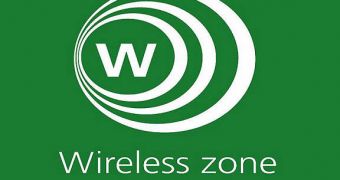The European Commission announced its Radio Spectrum Committee decision to allow both TDD and FDD on the 2.6 GHz (2500-2690MHz) frequency band, which means that GSM and LTE cellular technologies using FDD will also be able to use the 2.3, 2.6 and 3.5 GHz frequencies, categorized by the WiMAX Forum as the key bands for Mobile WiMAX technology using TDD.
The 2.6 GHz decision allows the European Union administrators to choose what technology, services and usage are to be deployed within the band. Thus, the market will be able to determine the appropriate usage of the spectrum and to create significant opportunities that customers will benefit from.
The European Commission Decision 2008/411/EC harmonizing the 3.5 GHz band for electronic communications services, which has been recently published, has made the new decision, which can be considered a starting point for the movement towards new liberalized approaches to spectrum management within the European Commission WAPECS ("Wireless Access Policy for Electronic Communications Services") initiative.
European Union administrations can now start giving spectrum awards for this band, being a priority since the 2.6 GHz regulations have been set. According to the WiMAX Forum, there will be no problems with the two different TDD and FDD technologies effectively sharing the same band, at least that's what the white papers reveal. But a few players, like Ericsson, are not convinced. According to them, LTE is expected to dominate.
Although it has already made an extensive deployment of WiMax gear in the UK's main cities and towns, the British provider On-Communications' CEO, Ian Roberts, stated that the company does not wish to take part in the future auction of WiMax-suitable 2.6 GHz spectrum.
A fixed-wireless access services is provided by On-Communications, but the 5.4GHz and 5.8GHz spectrum it uses is unlicensed, and it will have to replace old equipment with standard WiMAX gear. The plan seems to be the use of Airspan's 3.5 GHz MicroMAX technology for the shift.
Another provider, Freedom4 (formerly known as Pipex Wireless), seems rather keen on delivering broadband services to individuals than on supplying businesses.

 14 DAY TRIAL //
14 DAY TRIAL //